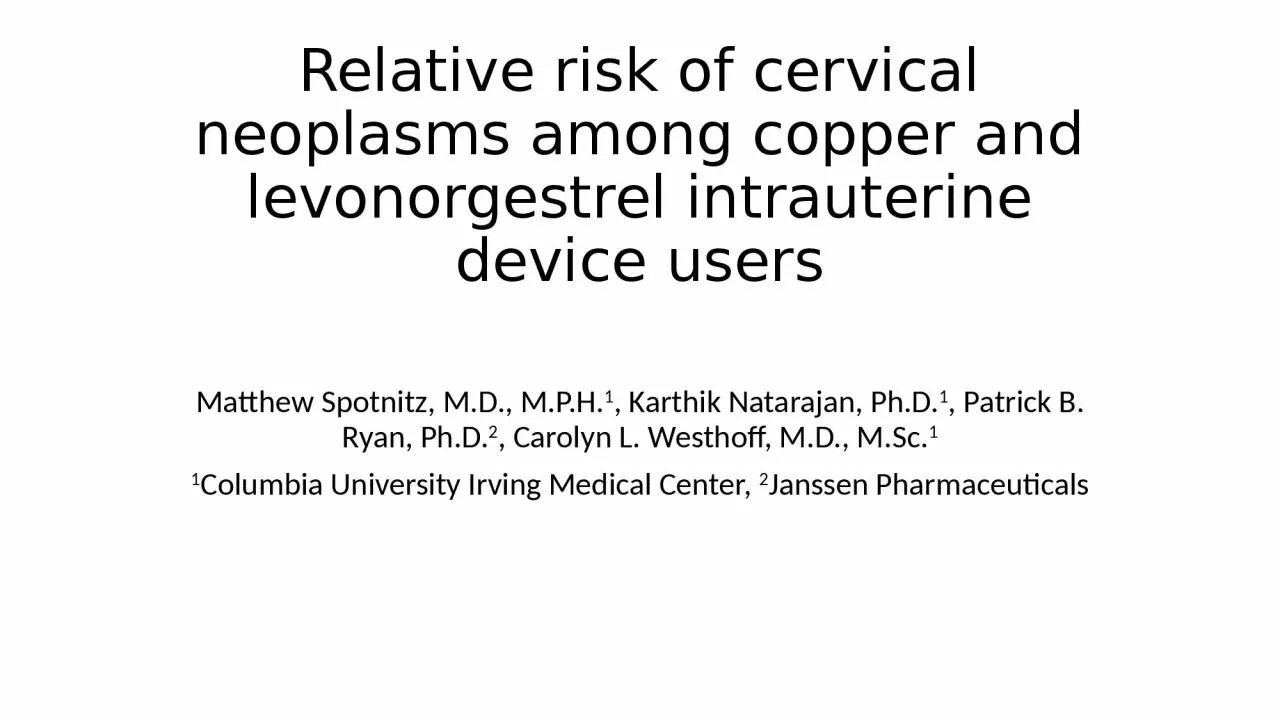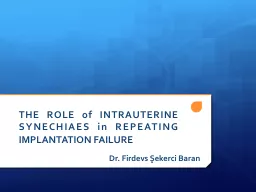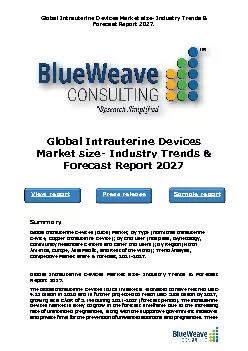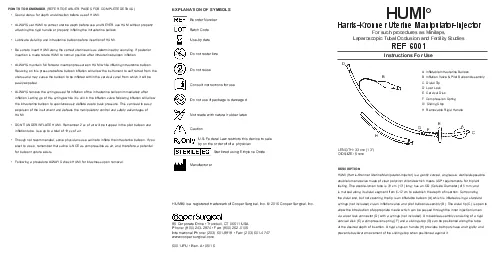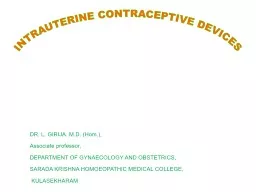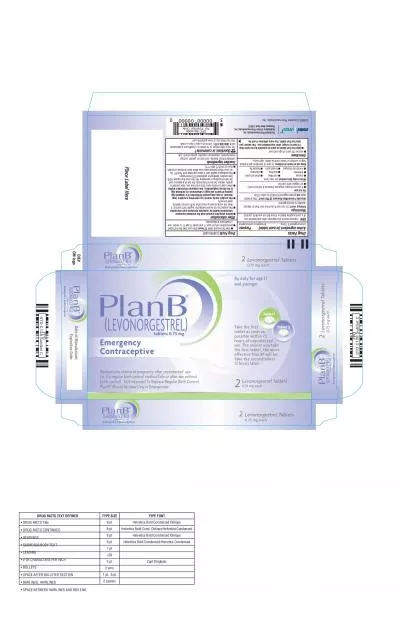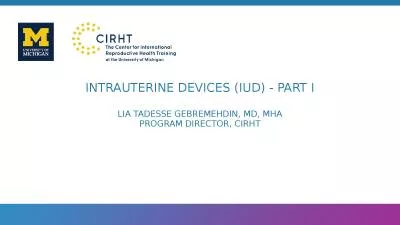PPT-Relative risk of cervical neoplasms among copper and levonorgestrel intrauterine device
Author : jones | Published Date : 2023-05-23
Matthew Spotnitz MD MPH 1 Karthik Natarajan PhD 1 Patrick B Ryan PhD 2 Carolyn L Westhoff MD MSc 1 1 Columbia University Irving Medical Center 2 Janssen Pharmaceuticals
Presentation Embed Code
Download Presentation
Download Presentation The PPT/PDF document "Relative risk of cervical neoplasms amon..." is the property of its rightful owner. Permission is granted to download and print the materials on this website for personal, non-commercial use only, and to display it on your personal computer provided you do not modify the materials and that you retain all copyright notices contained in the materials. By downloading content from our website, you accept the terms of this agreement.
Relative risk of cervical neoplasms among copper and levonorgestrel intrauterine device: Transcript
Download Rules Of Document
"Relative risk of cervical neoplasms among copper and levonorgestrel intrauterine device"The content belongs to its owner. You may download and print it for personal use, without modification, and keep all copyright notices. By downloading, you agree to these terms.
Related Documents

